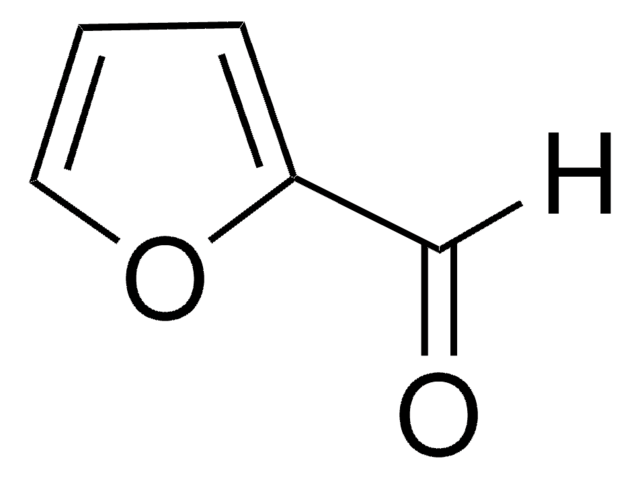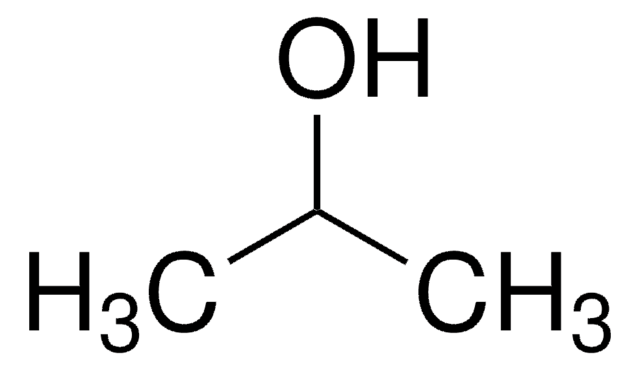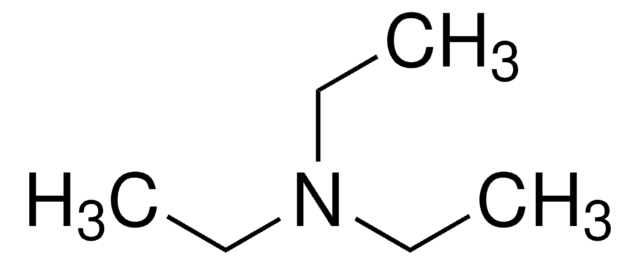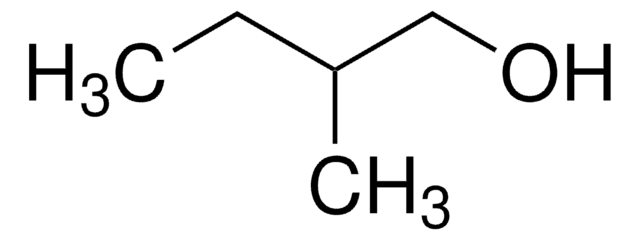About This Item
Recommended Products
biological source
synthetic
Quality Level
grade
FG
Fragrance grade
Kosher
agency
follows IFRA guidelines
meets purity specifications of JECFA
reg. compliance
EU Regulation 1223/2009
EU Regulation 1334/2008 & 872/2012
vapor density
2.1 (vs air)
vapor pressure
10 mmHg ( 147 °C)
14.9 mmHg ( 20 °C)
assay
≥99%
form
liquid
autoignition temp.
700 °F
expl. lim.
13.7 %
refractive index
n20/D 1.384 (lit.)
pH
8.5 (20 °C, 200 g/L)
bp
97 °C (lit.)
mp
−127 °C (lit.)
density
0.804 g/mL at 25 °C (lit.)
application(s)
flavors and fragrances
documentation
see Safety & Documentation for available documents
food allergen
no known allergens
fragrance allergen
no known allergens
organoleptic
alcohol; musty
SMILES string
CCCO
InChI
1S/C3H8O/c1-2-3-4/h4H,2-3H2,1H3
InChI key
BDERNNFJNOPAEC-UHFFFAOYSA-N
Looking for similar products? Visit Product Comparison Guide
Related Categories
Application
- Noncontact In Situ Multidiagnostic NMR/Dielectric Spectroscopy: Details advancements in NMR and dielectric spectroscopy techniques, where 1-Propanol is utilized to investigate solvent interactions and molecular dynamics (Morais et al., 2024).
Biochem/physiol Actions
Other Notes
signalword
Danger
hcodes
Hazard Classifications
Eye Dam. 1 - Flam. Liq. 2 - STOT SE 3
target_organs
Central nervous system
wgk_germany
WGK 1
flash_point_f
71.6 °F
flash_point_c
22 °C
ppe
Eyeshields, Faceshields, Gloves, type ABEK (EN14387) respirator filter
Certificates of Analysis (COA)
Search for Certificates of Analysis (COA) by entering the products Lot/Batch Number. Lot and Batch Numbers can be found on a product’s label following the words ‘Lot’ or ‘Batch’.
Already Own This Product?
Find documentation for the products that you have recently purchased in the Document Library.
Customers Also Viewed
Our team of scientists has experience in all areas of research including Life Science, Material Science, Chemical Synthesis, Chromatography, Analytical and many others.
Contact Technical Service







